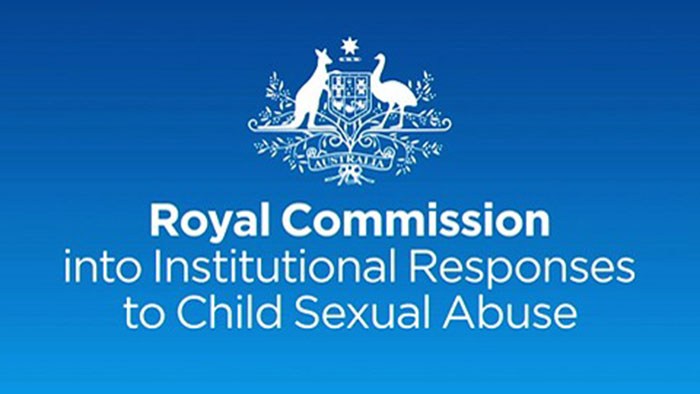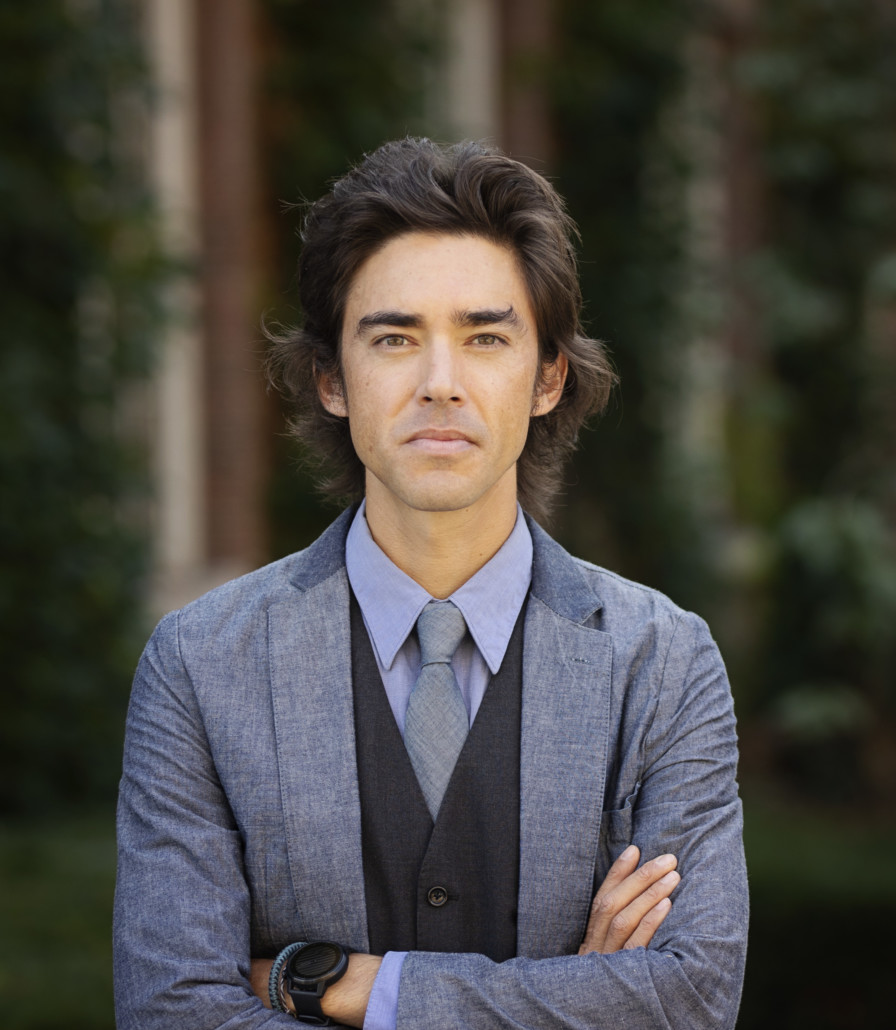In the world of Roman Catholicism, the term “sex abuse crisis” is a kind of shared code for the current era of global reckoning spearheadedby survivors and advocates; the crisis remained largely obscured from public attention until the Boston Globe’s investigative reporting in 2002 exposed both extensive incidences of clerical abuse and enabling institutional complicity. However, it has a long prehistory, including revelations from decades prior that remained unattended for the most part. Catholicism’s geographically-fragmented diocesan system fostered a hyper-local treatment of abuse, tethered to iconic priests and bishops in individual dioceses—like John Geoghan and Bernard Law in Boston—rather than a Church norm. This has stymied both slowed organizers’ calls for reparations and structural transformation and prevented sustained scholarly attention to abuse as a bedrock feature of modern Catholic history.
Scholars of the crisis work in tension between the singular dimensions of Catholic abuse and the much broader field of violence against minors. This invites them to consider the subject of Catholic exceptionalism, both causal and qualitative: Is Catholicism is uniquely conducive to producing and abetting serial abusers or is it just like every other insular patriarchal institution? And what, if anything, is distinctly Catholic about Catholic sex abuse? The first question has engendered several diagnostic theories, that alternately impugn the all-male priesthood, mandatory celibacy, and clericalism, or greater acceptance of sexual diversity. Homophobic inquisitors have used this latter theory as fodder for campaigns to purge the clerical ranks of queer seminarians by conflating homosexuality with pedophilia. Alternately, the sheer volume of documented abuse has at least given pause to historians of anti-Catholic tropes, which often peddled in the specter of the pernicious lecherous priest.
As Dr. McPhillips notes, the Australian Royal Commission into Institutional Responses to Child Sexual Abuse casts a broad net, well beyond the bounds of Roman Catholicism—indeed beyond the bounds of religious communities altogether. And yet, Roman Catholicism remains conspicuous: 37% of survivors reported being assaulted in Catholic contexts, a number that jumps to 62% if you’re looking specifically at religiously-affiliated incidences. So, it is reasonable that the Commission would dedicate space to attend to the particularity of Catholicism, within the larger context of Australian abuse. Unlike one of its closest analogues, The Nature and Scope of Sexual Abuse of Minors by Catholic Priests and Deacons in the United States, 1950-2002, commonly referred to as the “John Jay Report,” the Royal Commission oscillates between the specificity of numerous offending institutions, and their shared history of violence against children. This allows it to avoid some of the vulnerabilities of the John Jay Report, which was critiqued for, among other things, making US-centric causal suggestions that might appear less persuasive with a wider comparative lens. Although its structure and aims are quite distinct from the Royal Commission’s, the newly-formed Religion and Sexual Abuse Project has gathered research specialists in diverse traditions, not for the purpose of constructing some unified comparative theory of religious abuse, but to explore the generative possibilities for collaborative research across institutional boundaries. A proliferation of diverse approaches to the study of abuse may also foster more complex structural analyses—e.g., contextualizing Catholic missions as sites of abuse and trauma for Indigenous youth, within a more comprehensive colonial framework.
McPhillips’ use of Erving Goffman illustrates the power of stigma as a coercive force that shields abusers by further marginalizing victims precisely because of their victimization. However, in many cases, pre-existing stigma was also one of the conditions of abuse in the first place: victims of clerical abuse have described themselves as having been socially ostracized, vulnerable to grooming, and disempowered to report their abuse—which may also set the stage for them to be met with skepticism if and when they did come forward. For instance, James Poole, SJ—one of the most prolific abuser priests in Alaska during the latter-half of the twentieth century—preyed on Indigenous girls and adult missionaries alike by exploiting pre-existing insecurities and social isolation, often under the guise of “ministry.”
The social stigma that comes from having been abused by a religious leader, and of publicly disclosing that abuse sets survivors apart from their community, and this stigma overflows like a contagion, which Goffman describes as “courtesy stigma.”[1] Generation Xers and beyond will recall Sinéad O’Connor’s infamous Saturday Night Live appearance in 1992, in which she retooled Bob Marley’s song “War” into a protest against juvenile sex abuse, before delivering the coup de grâce by shredding a photo of Pope John Paul II on live television. For this, O’Connor—herself a survivor of the Magdalene laundries—was pilloried by Catholic celebrities from Joe Pesci to Madonna, and was booed off stage the next evening at Madison Square Garden. Verklempt at the time, SNL creator-producer Lorne Michaels later described O’Connor’s performance as a “martyrdom.”
An important feature of the Royal Commission has been the amplification of survivors’ voices, which was significantly more sophisticated and empathetic than previous attempts, like the 1996 Australian Catholic Bishops Conference’s Towards Healing protocol. The concept of “soul murder” has been compelling to contemporary readers of McPhillips because it points both to the increasing recognition of trauma as religious experience, but also signals a developing lexicon that might speak to the particularity of Catholic dimensions, without necessarily making exceptionalist claims. This attention to survivors’ subjectivity seems particularly important, giving the power of codes of silence and reflexive dismissal of survivor reports—traditions that both enabled abusers and compounded the violence of abuse. As Sara Ahmed has discussed, nominal movements towards institutional transformation are not inherently constitutive of a real investment in radical change.[2] Even while the Church magisterium has both expressed sympathy for survivors and committed to rectify the structural conditions that festered into what we now call “the abuse crisis,” substantial roadblocks continue to impede survivors and advocates—as well as researchers. Connected critics of Church traditions of abuse have been ignored, trivialized, and maligned as incarnated residual vestiges of anti-Catholicism. And yet, the Church hierarchy has demonstrated an incapacity to make good on its spiritual and material debts, absent external pressure. Dr. McPhillips’ work is part of a growing, but still modest, corpus of scholarship that frames the abuse crisis as core Catholic studies content and treats survivors’ experiences as integral to understanding modern Catholic life.
[1] Erving Goffman, Stigma: Notes on the Management of Spoiled Identity (New York: Simon & Schuster, 1963), 30.
[2] Sara Ahmed, Living a Feminist Life (Durham, NC: Duke University Press, 2017), 94.



